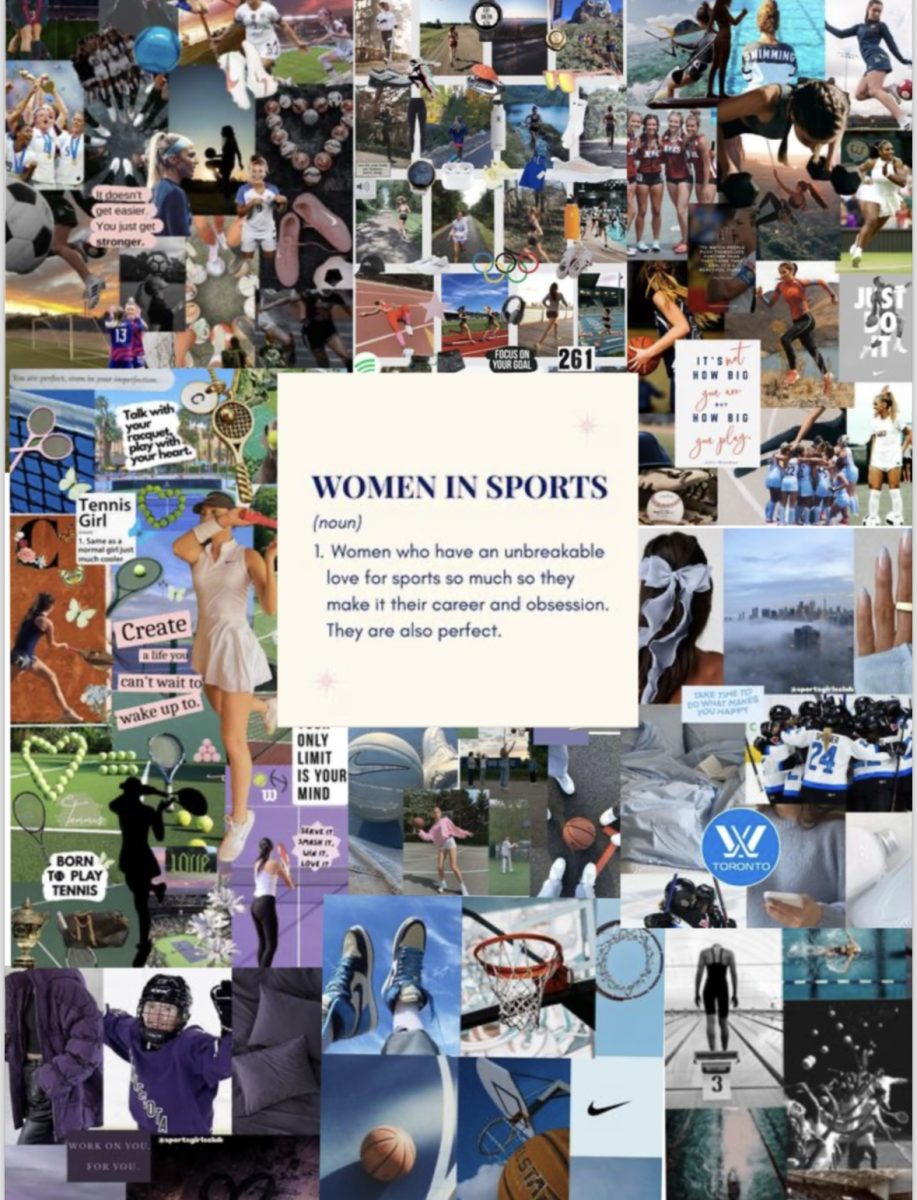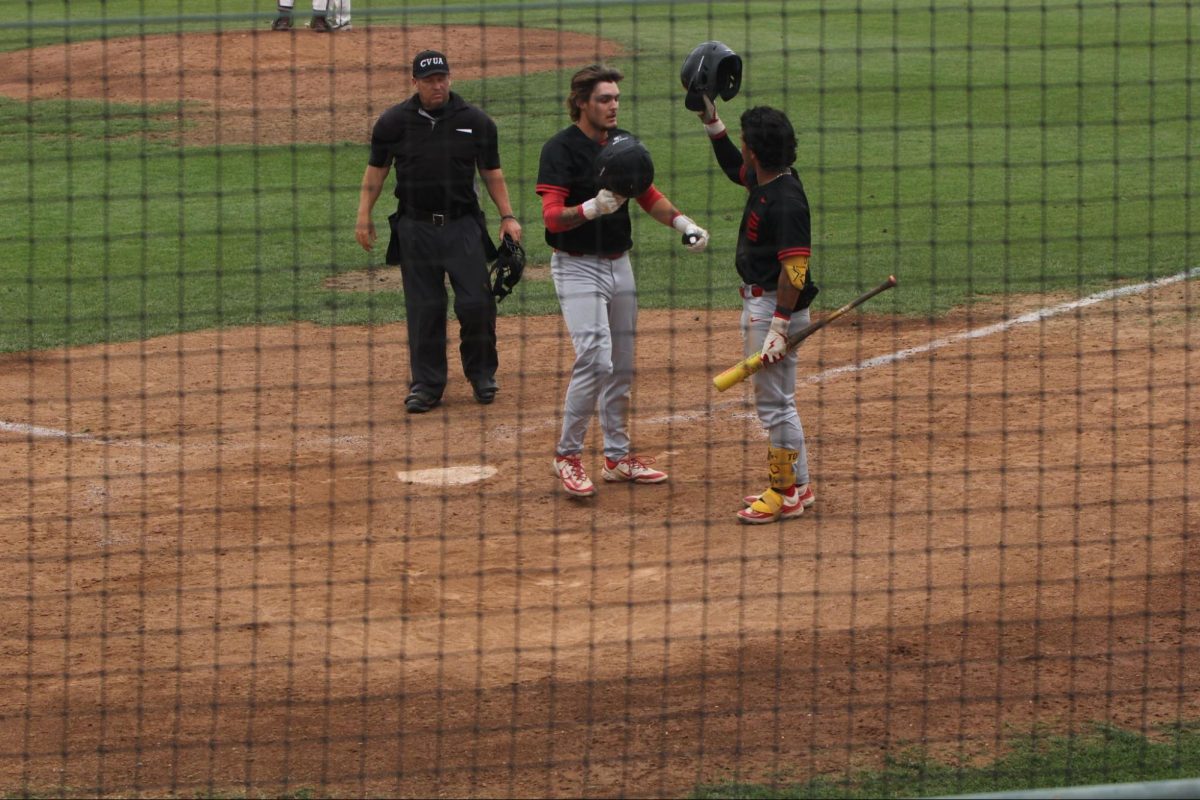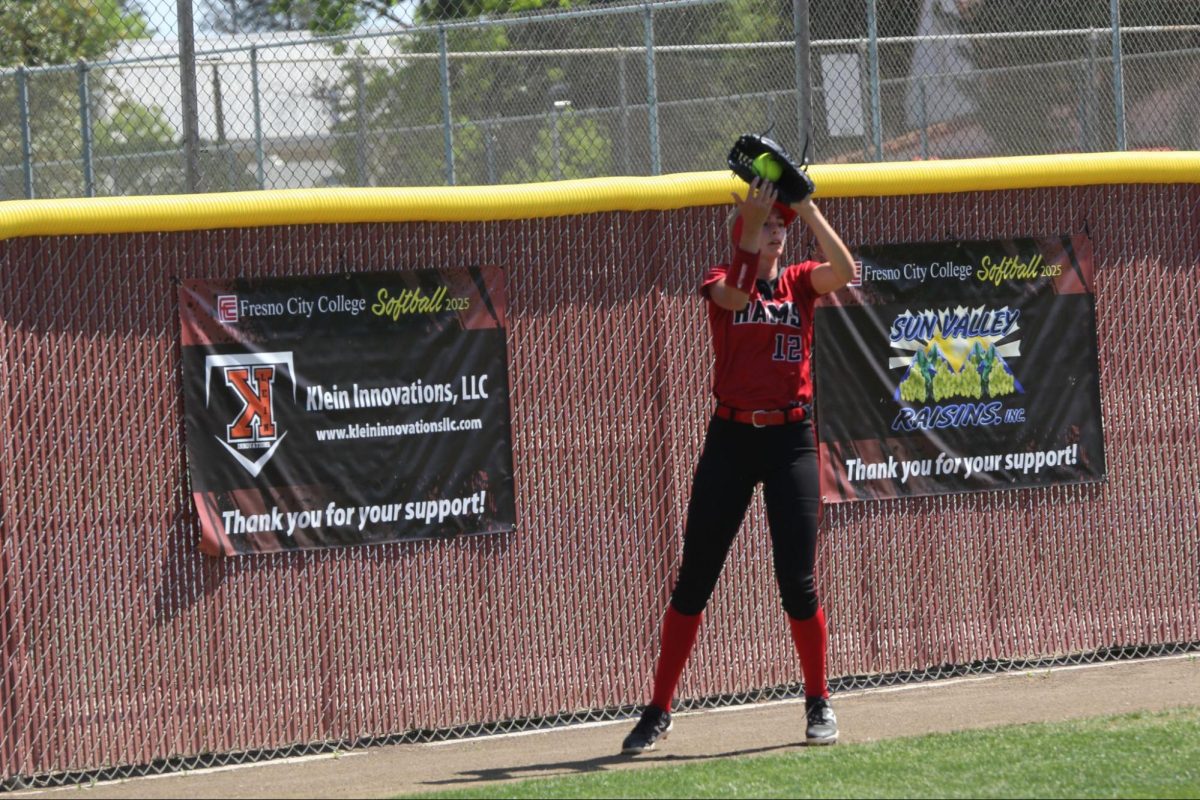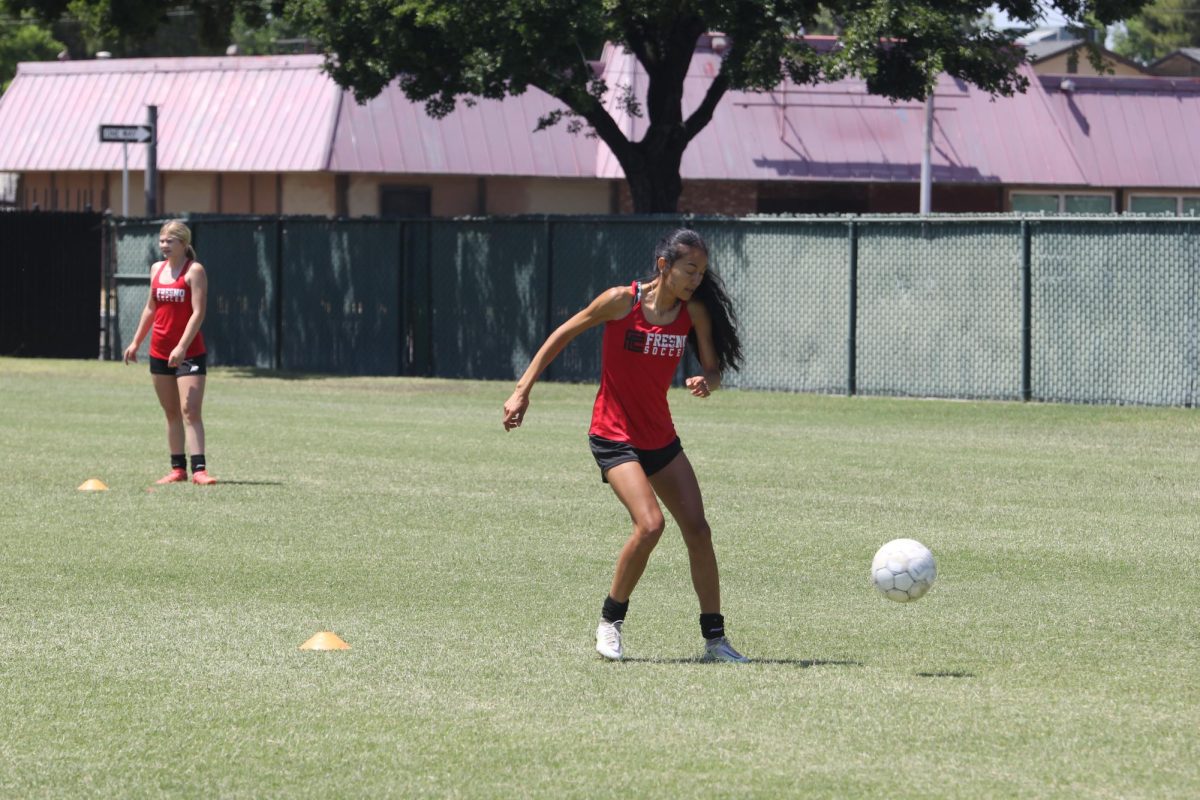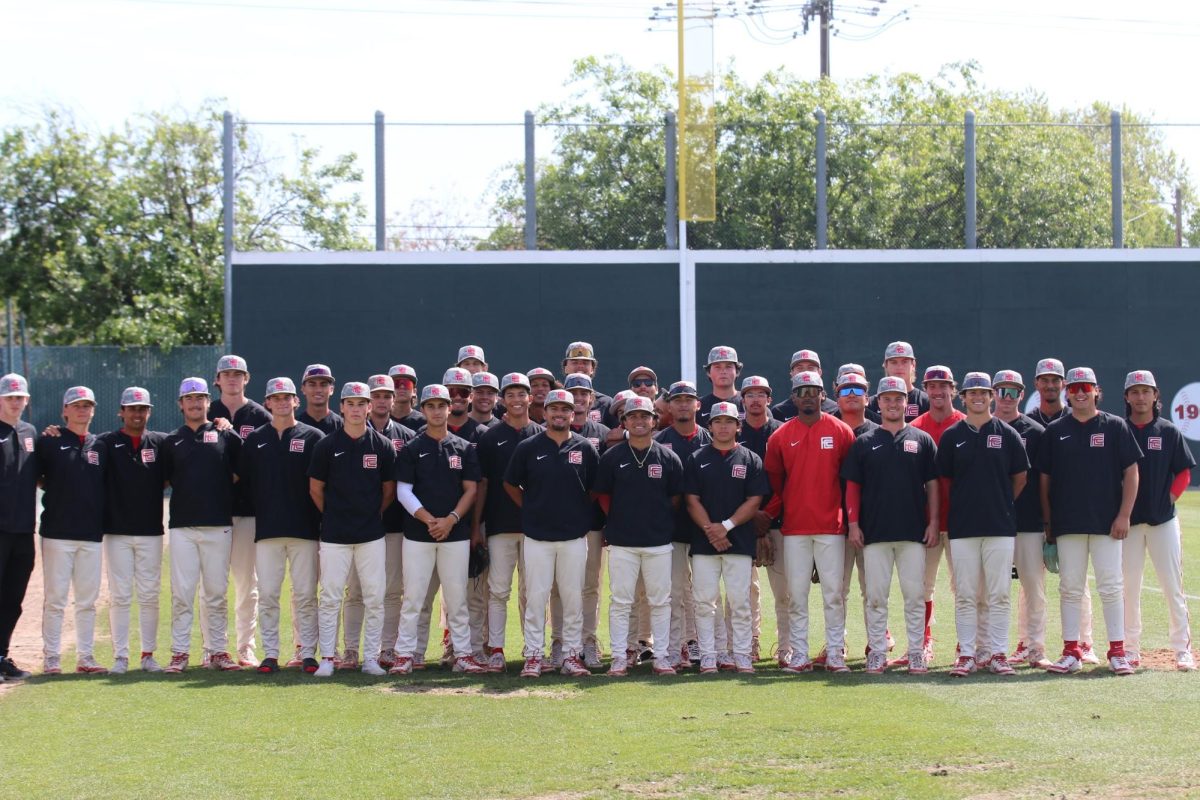Breaking Barriers: Empowering Women in Sports
In the ever-evolving realm of sports, the narrative surrounding women’s participation has undergone a transformative shift, marking a pivotal moment in the quest for equality and recognition on and off the field.
This shift is not merely about breaking gender barriers but also challenging societal norms and reshaping the narrative around women in sports. The rise of women in professional sports is a testament to their skill, dedication and resilience, highlighting the need for a more inclusive and equitable sporting world.
While significant strides have been made, the road to professionalism in women’s sports remains a journey filled with challenges and opportunities.
Historically, women faced significant obstacles in pursuing careers in professional sports. Stereotypes and outdated gender norms perpetuated the belief that certain sports were better suited for men, relegating women to the sidelines.
Over the last decade, there has been a surge in the recognition and celebration of women’s achievements in traditionally male-dominated sports.
Same Issues Different Time
Women in professional sports still grapple with issues such as inadequate investment, unequal opportunities, and limited representation in leadership roles.
Isabella Sonkoly, a former division one athlete, stated, “I think that certain teams are recognized well in women’s sports or they have better social media exposure although we [women] do not have the opportunity to play as many professional sports as males do. “
The path to true equality requires continued efforts from sports organizations, sponsors, and people to dismantle these barriers and create an environment where women can thrive athletically and professionally.
As a once-inspiring female athlete, the goal of becoming a professional athlete was only a dream. As an athlete, the stage for female athletics was dimly lit, with basic recognition, and any existing platforms were consistently overshadowed by their male counterparts.
“We go from football season [male sport] to soccer season [premier league men’s] to basketball season [male sport] to hockey season [male sport] to baseball season [male sport],” Sonkoly said, “Women’s sports are not as well promoted like men’s sports are.”
According to an article by Scripps News, many female athletes have one to two jobs on top of their sport in order to make ends meet. The average salary for the WNBA is currently roughly $1.4 million. The average salary for the NBA is $141 million. That is over 196% difference between each salary average.
The fight for equal pay has gained momentum. This push for fairness is not just about dollars and cents but about recognizing the value of women’s contributions to the sporting world. Achieving equal pay is a crucial step towards dismantling systemic gender inequalities that have persisted for too long.
Building Blocks of Change
Building sustainable women’s sports teams and infrastructures is a multifaceted endeavor that involves addressing various aspects, from creating a supportive organizational culture to establishing facilities that cater to the unique needs of female athletes.
Ensuring equal amounts of funding, resources, and investments between men’s and women’s teams is just one way to establish change. This includes financial support, coaching staff, sports science resources, and equipment.
Coach Oliver Germond, the women’s soccer coach at Fresno City College believes that the amount of investments and sponsorships are changing and that will help women’s sports grow.
“Money talks. The budgets are a lot different,” Germond said.
Fostering an inclusive and diverse leadership team that understands the unique challenges and opportunities in women’s sports will ensure comfortability and long-term success.
Designing and constructing sports facilities that cater to the specific needs of female athletes -including locker rooms, training facilities, and medical resources tailored to support women’s health and performance- ensures that facilities are easily accessible.

